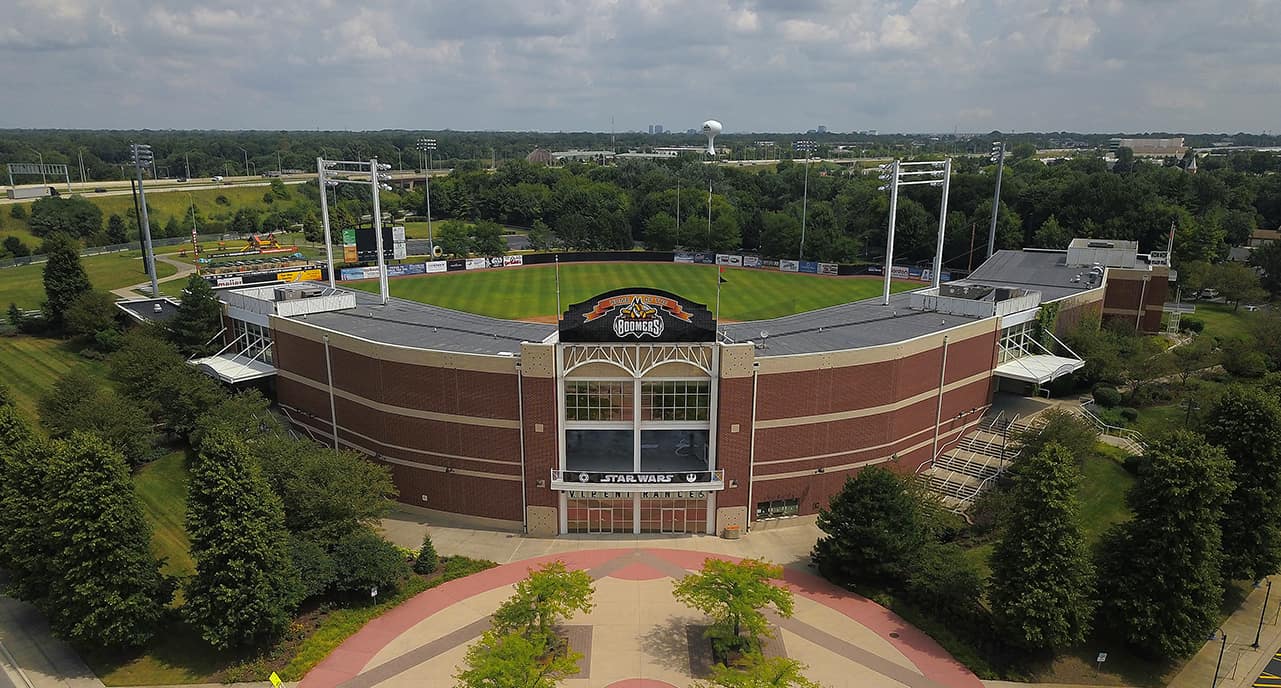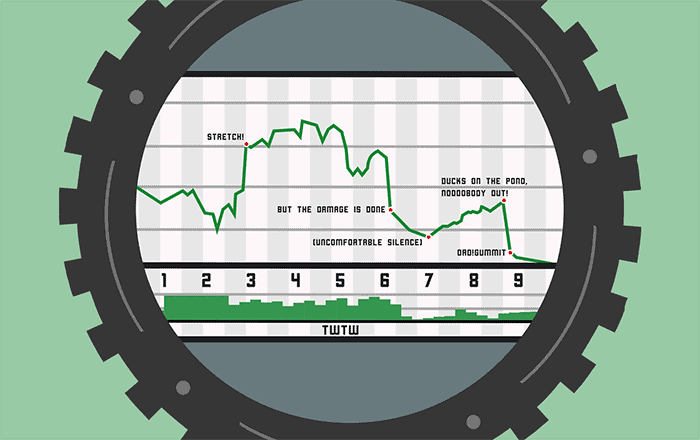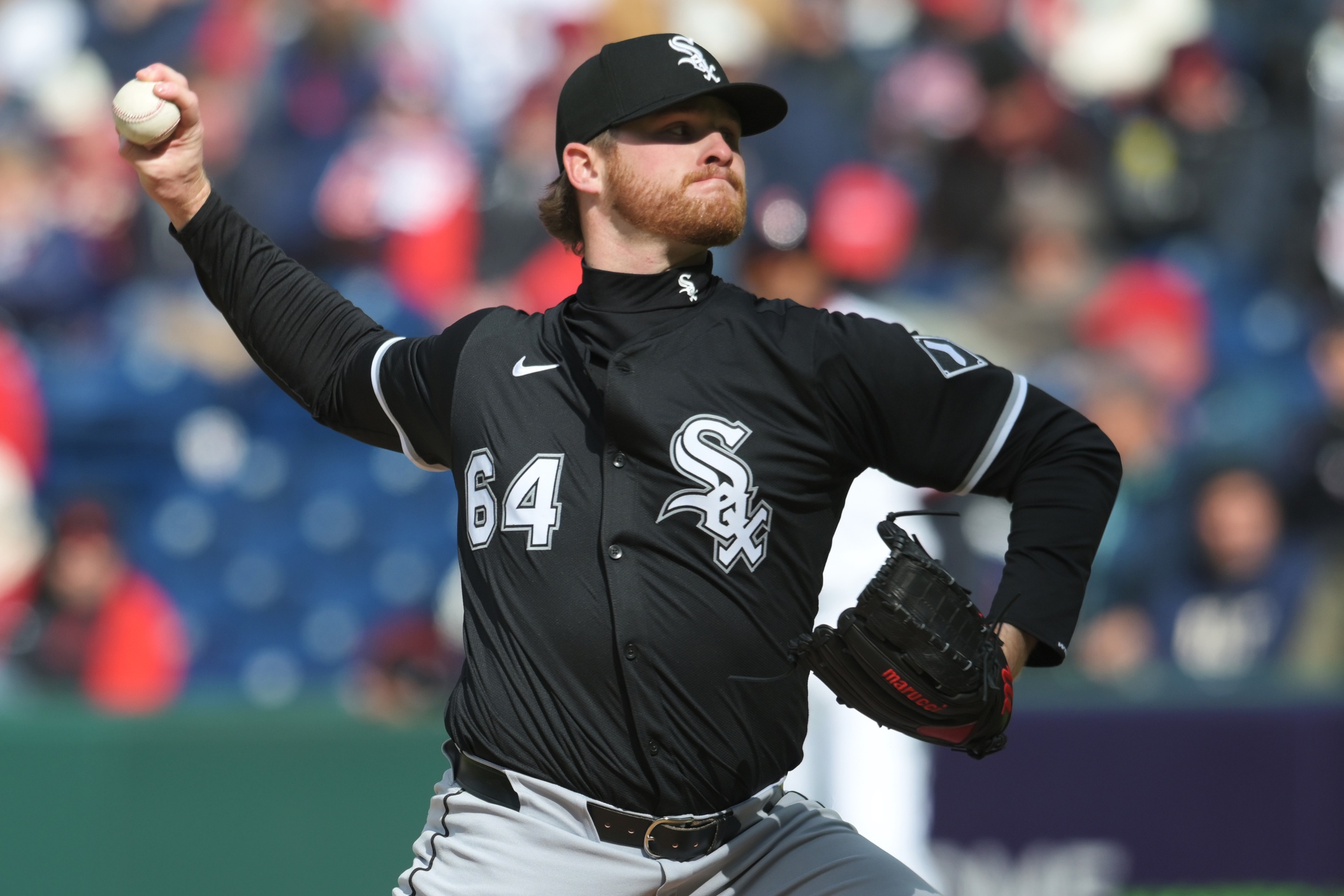With the White Sox bowing out in the first round of the postseason, every prospect that the organization deems worthy of instructional league action should be able to find it when the three-week schedule opens on Oct. 10. Their schedule runs for three weeks starting on Oct. 10.
Baseball America released the White Sox's instructional league roster back on Sept. 22, which was before Garrett Crochet came down with forearm tightness. It's refreshing to see all the position players listed, because I've been wondering how a year off is going to warp player development. Any action is welcome.
For instance, Jim Callis wrote up the review of progress at the alternate development site in Schaumburg, and there doesn't seem to be much in the way of news for non-pitchers. A guy like Andrew Vaughn -- low-minors in experience, high-minors in talent -- could benefit from facing the array of upper-level relief arms biding their time, so he gets a fair amount of attention.
Otherwise, the other non-pitchers of note are Jake Burger ("got some much-needed at-bats and moved well in the field") and Blake Rutherford:
He encouraged the White Sox by doing a better job of driving balls to his pull side and of backspinning balls at the alternate site.
That could be a welcome development, or it could be something that's said in service of trade value, even as a throw-in. Without scouts being allowed on the premises, it's hard to say otherwise.
Meanwhile, James Fegan talked to the White Sox's prep pitchers who got reps in Schaumburg, Jared Kelley, Matthew Thompson and Andrew Dalquist. Like Vaughn, you can see how this half-lap, half-applied-learning setup would benefit players who have to bring along certain pitches...
The hitters in Class A would have been an ambitious challenge for Thompson and Dalquist, and certainly for Kelley after he was limited to 12 innings for his senior season at Refugio High School. Instead, they spent two months before heading off to instructional league facing the likes of Nicky Delmonico, Zack Collins and Yermín Mercedes, multiple times per outing. The closest thing to an A-ball hitter they faced was Andrew Vaughn, and that’s not very close. They don’t publish the stats of the sim games in Schaumburg, but the subtext is the young arms occasionally got lit up. It was with a purpose, though.
... but there's not much in it for the referenced hitters, aside from a paycheck and the chance of being a bad break away from another crack at the majors.
This replicates the dilemma at the heart of the minor league contraction talks over the last year. Are so many players and levels needed? Can't a smaller group of players achieve the same quantity of success with more concentrated hands-on instruction? I can see the argument for pitchers making bigger developmental leaps on the back fields and labs since a lot of pitch effectiveness can be quantified. I don't know how position players prove themselves as hitters and defenders without the on-field reps. I suppose we'll get a better idea of whether these guys have been dealt a setback when the instructional leagues are surveyed, at least assuming that any impartial reviews are possible.
(Photo courtesy of the Chicago White Sox)






